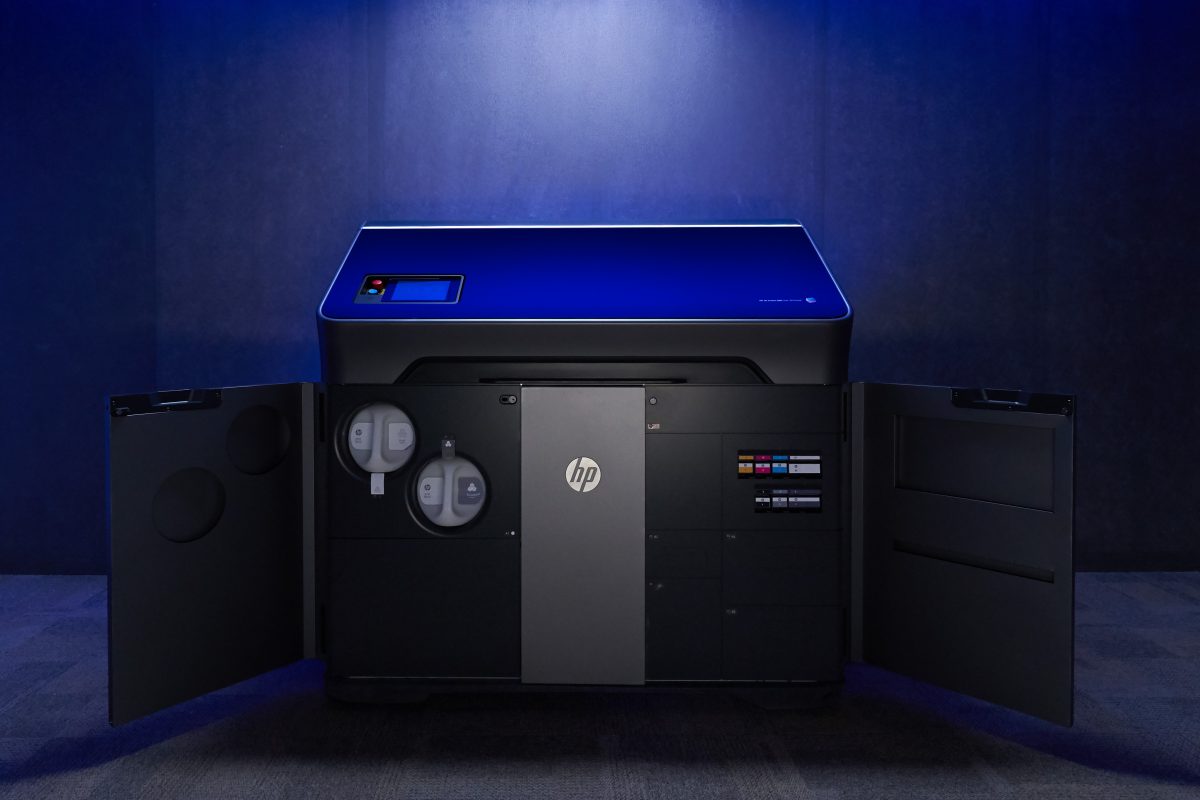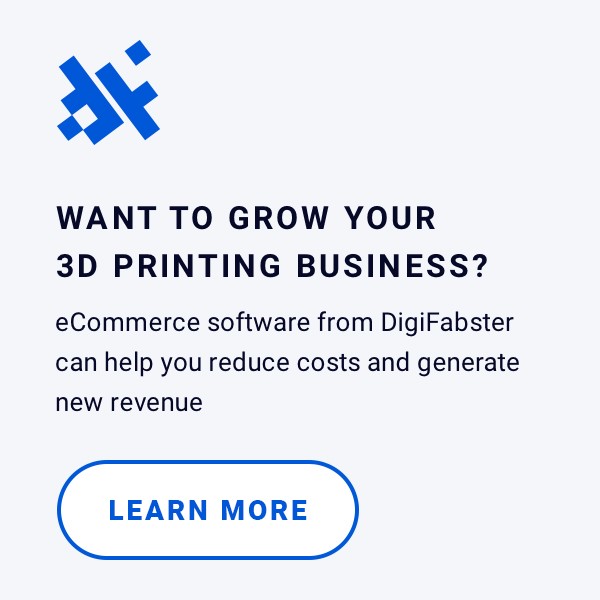B2B eCommerce is already worth trillions globally and the market is growing rapidly. Companies that offer CNC machining and/or 3D printing services can benefit from SaaS software that allows them to automate quoting, order entry and customer relationship management.
Computer numerical control (CNC) and 3D printing share at least one common trait; they both require computer aided design (CAD) files for input. Aside from that, they may seem like night and day. In one environment, objects are made by removing material and in the other, they’re made by adding it. CNC is a subtractive manufacturing technology and 3D printing is additive.
But because they’re both digital, they share the same basic workflow. A file or design gets created, it gets sent to a machine, an object is made, the object gets finished, and it is shipped.
The front-end processes are also similar. Somewhere somehow, someone gets an idea. Once a design is created, it eventually must be prototyped and produced. A quote request is submitted to a service bureau or machine shop. The CAD file is analyzed and a quote is generated. If the customer likes what is offered, it becomes an order. All along the way, there is dialog between the two parties.
DigiFabster offers software that automates the process of quoting, order entry and customer relationship management. Until recently it was strictly for 3D printing and targeted at service bureaus and other industrial users. Recently, they announced that they would begin supporting CNC as well.
From the press release:
DigiFabster is pleased to announce that it will be extending the capabilities of its software-as-a-service solution for online quoting, order entry and customer relationship management to include Computer Numerical Control (CNC) milling applications.
This is pretty significant for several reasons. For starters, the solution has already been tested and proven in the 3D printing market. Using Digifabster’s software, companies in the space are seeing record revenue and astronomical growth (as much as 25% per month!) Tool & Die companies and machine shops are a much bigger market and are notoriously conservative. There’s a lot of opportunity for online sales there, especially when overall B2B eCommerce is already worth trillions of dollars globally.
But perhaps more compelling, we’re starting to see more and more crossover between the two industries. Service bureaus are adding CNC capabilities and machine shops are getting into 3D printing. Makes sense. Each has its own niche, and as mentioned before, the workflows are pretty similar. This necessitates a need for one common front-end. Again, from the press release:
“Many of our customers provide both additive and subtractive manufacturing solutions for their clients,” says DigiFabster CEO, Constantine Ivanov. “Many of them were telling us they wanted to use our software to manage both workflows.”
But is eCommerce Worth the Investment?
Setting up a B2B eCommerce solution isn’t as difficult as it used to be. In the past, you needed big tech resources and/or a dedicated partner. Software-as-a-service (SaaS) has leveled the playing field. Smaller companies can benefit from technology just like their larger competitors.
Also, think about the other benefits of eCommerce:
- Your current business customers want to buy online. If you don’t enable them, they’ll go elsewhere
- eCommerce opens up world of new customer opportunities
- Quoting and order entry are some of the most time consuming tasks. Once they’re automated your staff can focus on higher value work
Time and again companies who’ve automated their front-end processes have found that they generate more revenue and grow more quickly than those who rely on manual labor. One is scalable, the other isn’t.
Software is both an offensive and defensive play. If you don’t invest, you risk falling further behind. If instead you take a leadership role, you can own your niche. Further, you can create relationships with customers that are very difficult to break. After all, he or she who owns the customer owns the data.
Whether you’re on the additive or subtractive side of the fence, or are sitting right in the middle, you should take a hard look at how automating your front-end processes and leveraging eCommerce could impact your business. With a little effort, you might find yourself on the path to significant growth.
















